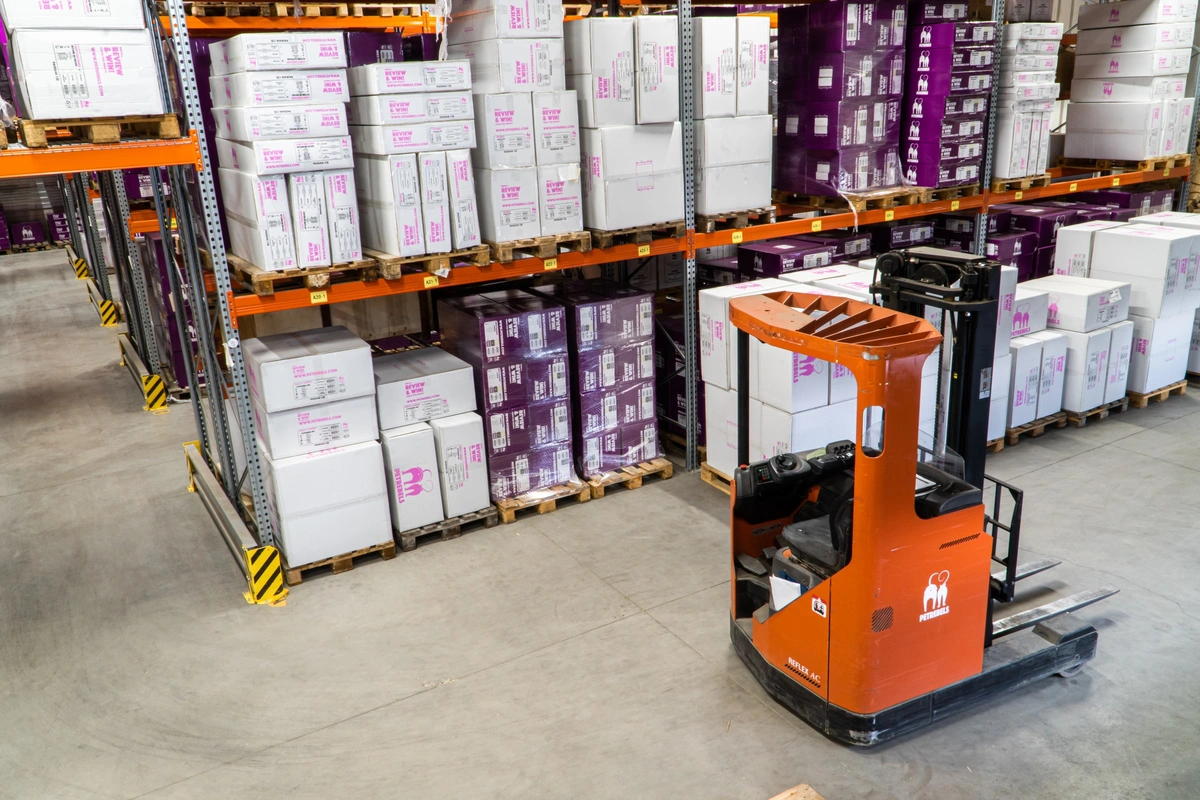How does the current order-replenishment process work in the organisation?
 Stock Replenishment
Stock ReplenishmentProblem
BeverageCo. struggled with the wastage of its end-of-life products at the central warehouse. In addition to its own products, BeverageCo. also sold third-party products. BeverageCo. assorted its products into seasonal, specialties, and sale-to-order segments. These products were often switched from one assortment to another based on their sales. Due to this practice, it become challenging for BeverageCo. to estimate their optimum inventory level, which led to product wastage in many instances or low-service level in some.
Situation
BeverageCo. maintained 500-600 product categories at its warehouse. The ordering and inventory levels were handled based on ERP, however, this system in many cases used incomplete historic data to forecast the quantities needed for stock replenishment. This led to high wastage costs and low service levels for many products. Thus BeverageCo. wanted to utilize a data-driven model to predict optimal order quantity for each of its product categories.
Our approach
Step 1 – Segment SKUs – Analyse the current sales and stock data and categorize them to support future activities e.g. to continue replenishment or not, to be scrapped etc.
Step 2 – Identify high-risk purchase scenarios – Identify scenarios (e.g. product moving from one assortment to another, or sudden demand increase/decrease, changes in product’s shop coverage)
Step 3 – Analyse the accuracy of Purchasing Specialists with ERP recommendation – Conduct interviews with purchase specialists to understand the reason where the ERP recommended quantity does not match with actual order quantity.
Methodology
Sprintly team conducted a three-phase project:
Phase 1 – Map the current process and identify associated challenges
In this phase, the existing stock replenishment process was mapped from order placement to delivery using SIPOC and deployment diagrams. Using these tools, cross-functional flowcharts were developed that described details of the process along with the roles of involved departments and stakeholders. The process maps helped identify areas of improvement for each stakeholder at each activity level in the replenishment process.
Phase 2 – Segmentation of products based on sales and demand
Once the process challenges were identified, the Sprintly team then conducted ABC-XYZ product segmentation based on the products’ contribution to sales and their predictability of demand. Based on this ABC analysis, BeverageCo. products were divided into 3 different groups. For each of these groups, a separate replenishment process SOP was developed which included the recommended inventory level and stock monitoring interval.
Phase 3 – Tool creation and user training
In the final phase, the Sprintly team created and validated a user-friendly, excel-based EOQ tool with a user guide and technical documentation for BeverageCo. The tool highlighted inventory turnover, holding cost, and service levels achievable for any selected product category. The recommended order quantities and time to place orders could be seen in the results sheet. Using this tool, BeverageCo. could make more accurate order replenishment decisions in its warehouse.
Results
SprintlyWorks team provided BeverageCo. with a comprehensive understanding of its replenishment process. In addition, a concrete analysis tool was also provided to aid in accurate replenishment decision-making. This project accelerated progress on BeverageCo.’s inventory optimisation efforts by 6 months.
Testimonial
“We focused on the current state analysis with the objective to identify key areas of improvement. I was impressed by the dedication of the project team to bring outside-in view, to evaluate our concrete business activities and to find out the most essential from the big data elements.”
